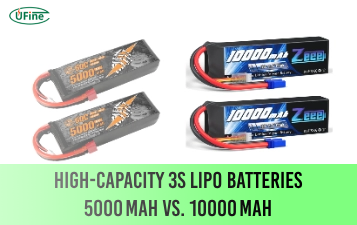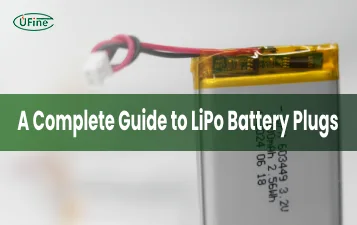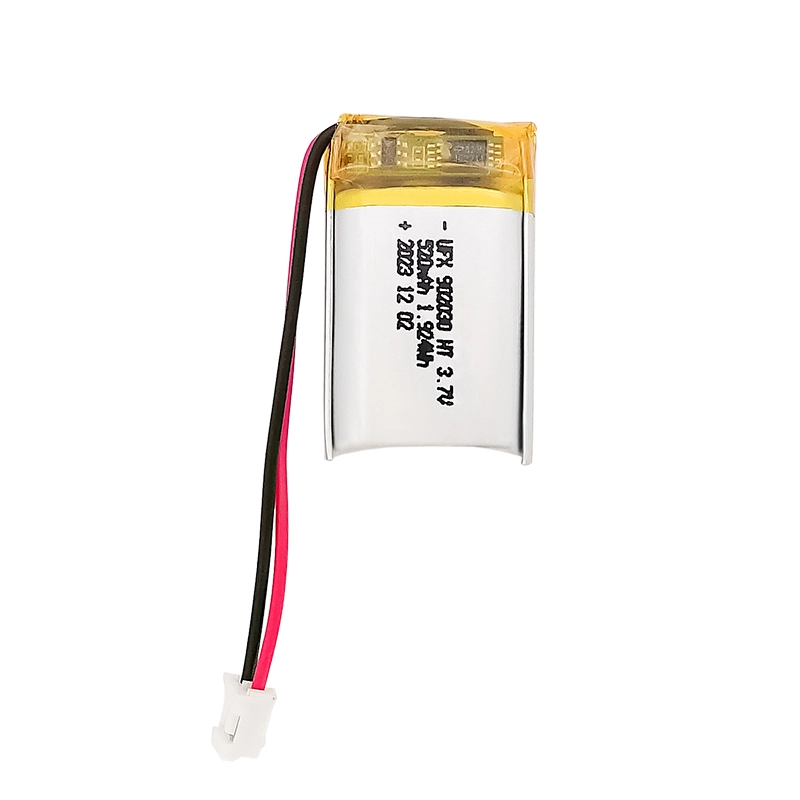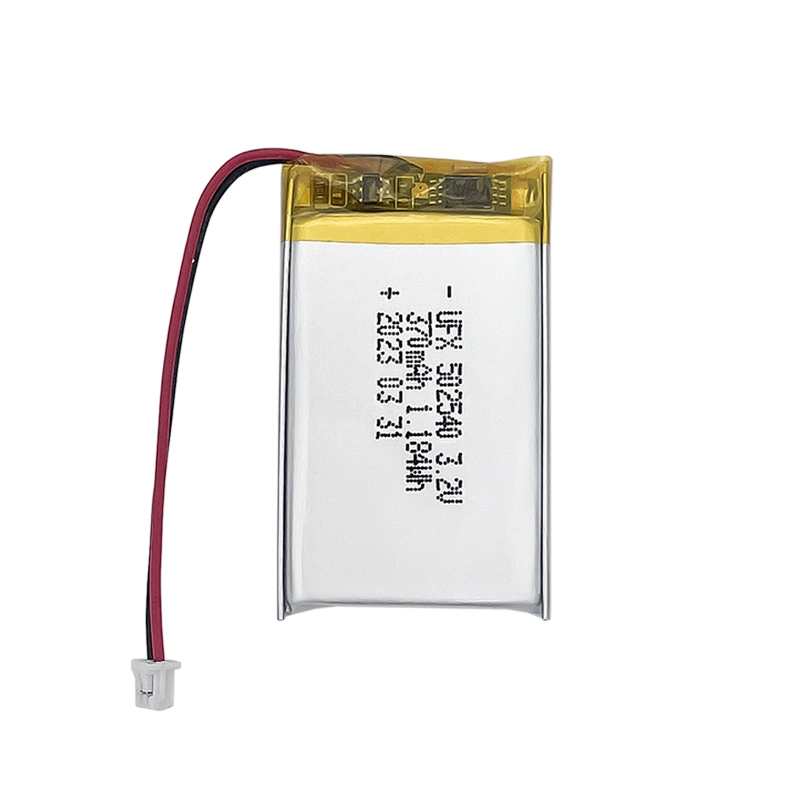
Heated Insoles Battery Powers Rechargeable Heated Insoles
Are heated insoles safe?
rechargeable heated insoles with built-in battery and Bluetooth components. It can be heated with batteries, and the lithium battery can continue to heat for more than 5 hours when fully charged. You can also use wireless charging technology or directly connect the charger to the insole for heating.
Rechargeable heated insoles are safe, non-radiative and can be recycled. Most rechargeable heated insoles consist of a pair of heated insoles with built-in batteries, a remote control and a charger. Rechargeable heated insoles have a built-in small lithium battery that can provide power to generate heat and keep feet warm. The important element in the heating insole is the soft and thin heating sheet.
Principle of heating insoles
Just like the heating principle of heating clothes, the heating principle of rechargeable heated insoles is also the same: the battery provides electrical energy, and the heating sheet converts the electrical energy into heat energy, which is the “current thermal effect”. As long as the battery is charged, it can continue to provide heat to the rechargeable heated insoles, and the feet will receive heat and feel warm and comfortable.
Heated Insoles Battery Type
There are several types of batteries used in heated insoles. Here are some common types:
Lithium-ion batteries: Lithium-ion batteries are widely used in heated insoles due to their high energy density and lightweight design. They provide efficient and long-lasting heat, making them popular among users. Lithium-ion batteries also have a low self-discharge rate, allowing for extended use between charges.
Nickel-metal hydride batteries: Nickel-metal hydride (NiMH) batteries are another type used in heated insoles. They offer good capacity and can provide sufficient heat. NiMH batteries are known for their durability and can withstand cold temperatures well.
Rechargeable alkaline batteries: Rechargeable alkaline batteries are an option for heated insoles. These batteries can be recharged multiple times and offer a cost-effective solution. However, they generally have a lower capacity and may not provide as much heat output as lithium-ion or NiMH batteries.
Disposable batteries: Some heated insoles use disposable batteries, such as AA or AAA batteries. These batteries are convenient to replace when they run out of power but may add to ongoing costs, as they need to be replaced regularly.
The choice of battery type for heated insoles depends on factors such as desired heating duration, weight considerations, and personal preferences. When purchasing heated insoles, it’s important to check the product specifications or consult the manufacturer to determine the type of battery used and its recommended usage guidelines.
Ufine Heated Insoles Battery
Ufine has successfully developed and produced thousands of conventional batteries, lithium iron phosphate batteries, ultra-thin special-shaped batteries, low-temperature batteries and 18650 batteries. Ufine’s lithium batteries have passed relevant certifications such as CQC, KC, UL, PSE, CB, CE, etc. We also continue to test products for RoHS directives, REACH regulations, PFOS directives and other related environmentally friendly substances.
High Energy Density
It stores large amounts of energy in a smaller and lighter package
Longer Cycle Life
Withstands extensive charge and discharge cycles
Low Self-Discharge
Maintains power longer when not in use
Safety
Minimizes the risk of accidents and ensures safe operation
More Information About Heated Insoles Battery
-
Is your heated insoles battery safe? What certifications are there?
-
What is the minimum order quantity (MOQ) for lithium batteries?
-
Can I get samples of lithium batteries before placing a bulk order?
-
How about after-sales support in your company?
Latest Blogs
About Lithium Battery Industry News

High‑Capacity 3S LiPo Batteries: 5000 mAh vs. 10000 mAh
Compare 3S LiPo 5000mAh vs 10000mAh batteries by weight, power, and use. Find the best fit for your drone, RC car, or boat setup.
2025/07/08 Ufine

Top 5 Applications for Small 3S LiPo Batteries
Small 3S LiPo batteries power drones, RC gear, wearables, and robotics with high energy and low weight. Making them ideal for compact electronics projects.
2025/07/08 Ufine

Building and Charging Your Own 3S LiPo Pack: A Step‑by‑Step Guide
Learn how to build, balance, and charge a 3S LiPo battery pack safely at home with this complete DIY guide for hobbyists and beginners.
2025/07/08 Ufine

How to Choose the Right LiPo Battery Plug Type?
Discover the best LiPo battery plug types, how to choose them, and expert tips for safe usage, soldering, and maintenance.
2025/07/08 Ufine

Choosing the Right Connector for Your 3S LiPo Battery
Choosing the right 3S LiPo connector depends on current, space, and use. Learn the pros and cons of XT60, JST, EC3, and more.
2025/07/07 Ufine

3S LiPo Battery Guide: From Voltage Basics to Full Charge
A 3S LiPo battery offers high power in a lightweight form, ideal for RC, drones, and FPV. Learn voltage basics, charging tips, and safety.
2025/07/07 Ufine



